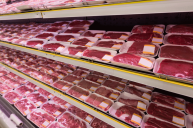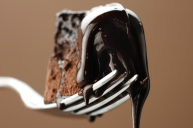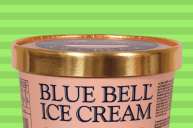A 2016 Facebook post by North Carolina resident Sheila Pulanco Russell popularized a "cup quarter hack" (sometimes called "the one cup tip") that tracks whether food in your freezer might've gone bad during a power outage.
Here's how the simple trick works: prepare a frozen cup of water before a severe weather event. When the water freezes, put a quarter on top of the ice, and put it back in your fridge. If your power goes out for an extended period of time, or you have to evacuate your home, check the mug after your power returns to see if the coin is still on top. If it is, your freezer is working fine. If it's at the bottom of the cup, then you know your freezer stopped working, and your food defrosted and probably spoiled.
In 2018, the Food and Drug Administration (FDA) questioned whether the life hack's a reliable post-natural disaster measure of food safety.
"Foodborne illness, or food poisoning, is a risk from food contaminated from flood water and from perishable food not held at a safe temperature due to power outages," the CDC wrote in a statement, as quoted by Good Morning America. "If foods of animal origin, especially raw meat and poultry, have not been held at a safe temperature, germs already present can grow to high numbers. Other foods not held at the right temperature can also spoil."
The FDA's preferred "hack" is a simple one: limit how often you open and close the fridge or freezer during a power outage.
"The refrigerator will keep food safely cold for about four hours if it is unopened," the FDA suggests (as reported by Good Morning America). "A full freezer will hold the temperature for approximately 48 hours (24 hours if it is half full) if the door remains closed."
Emergency kits for storm season preparedness should include a supply of food, flashlights, batteries, warm clothes and medical supplies.
This story previously ran in 2018 and has been updated to reflect FDA suggestions.




